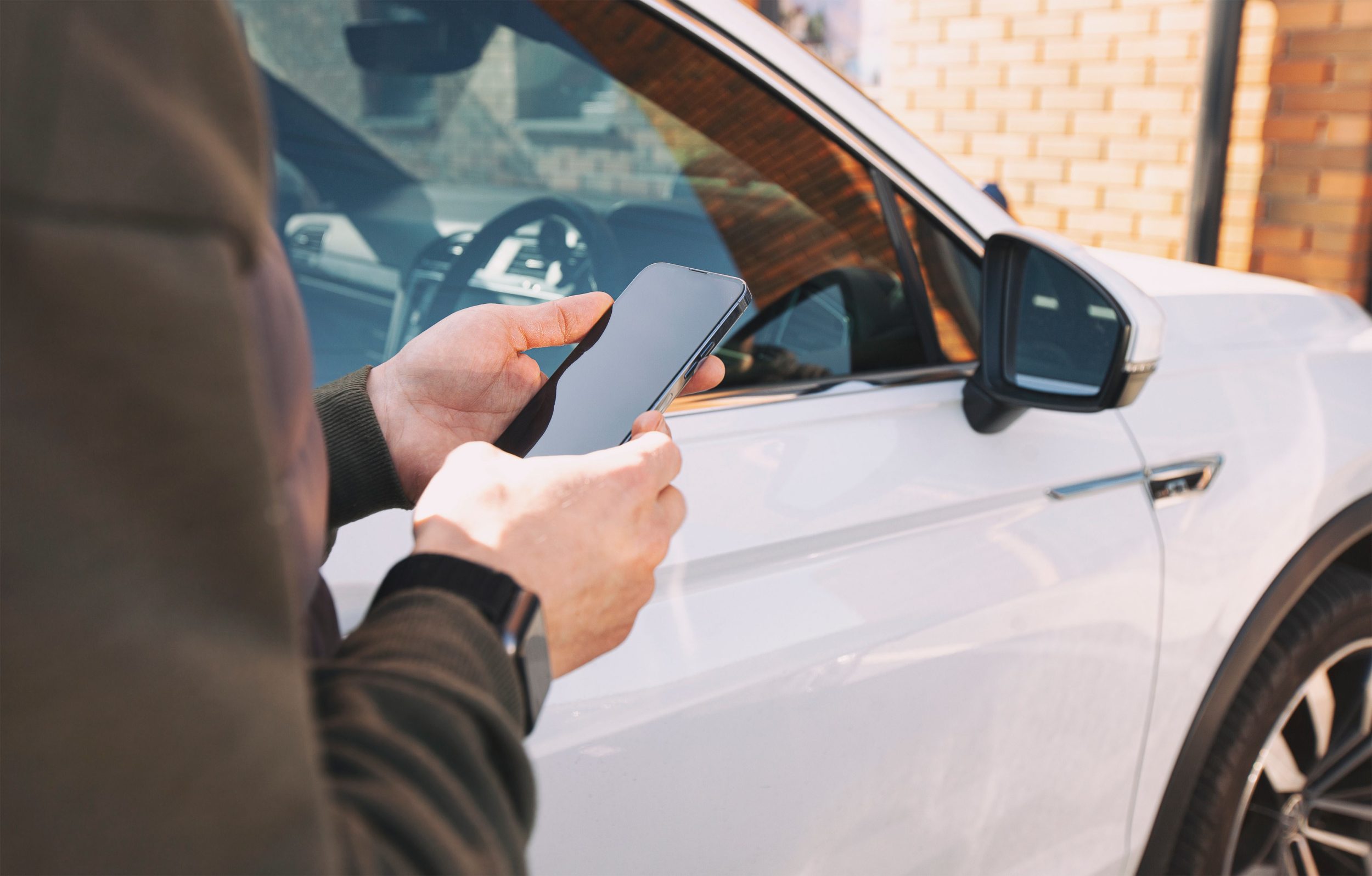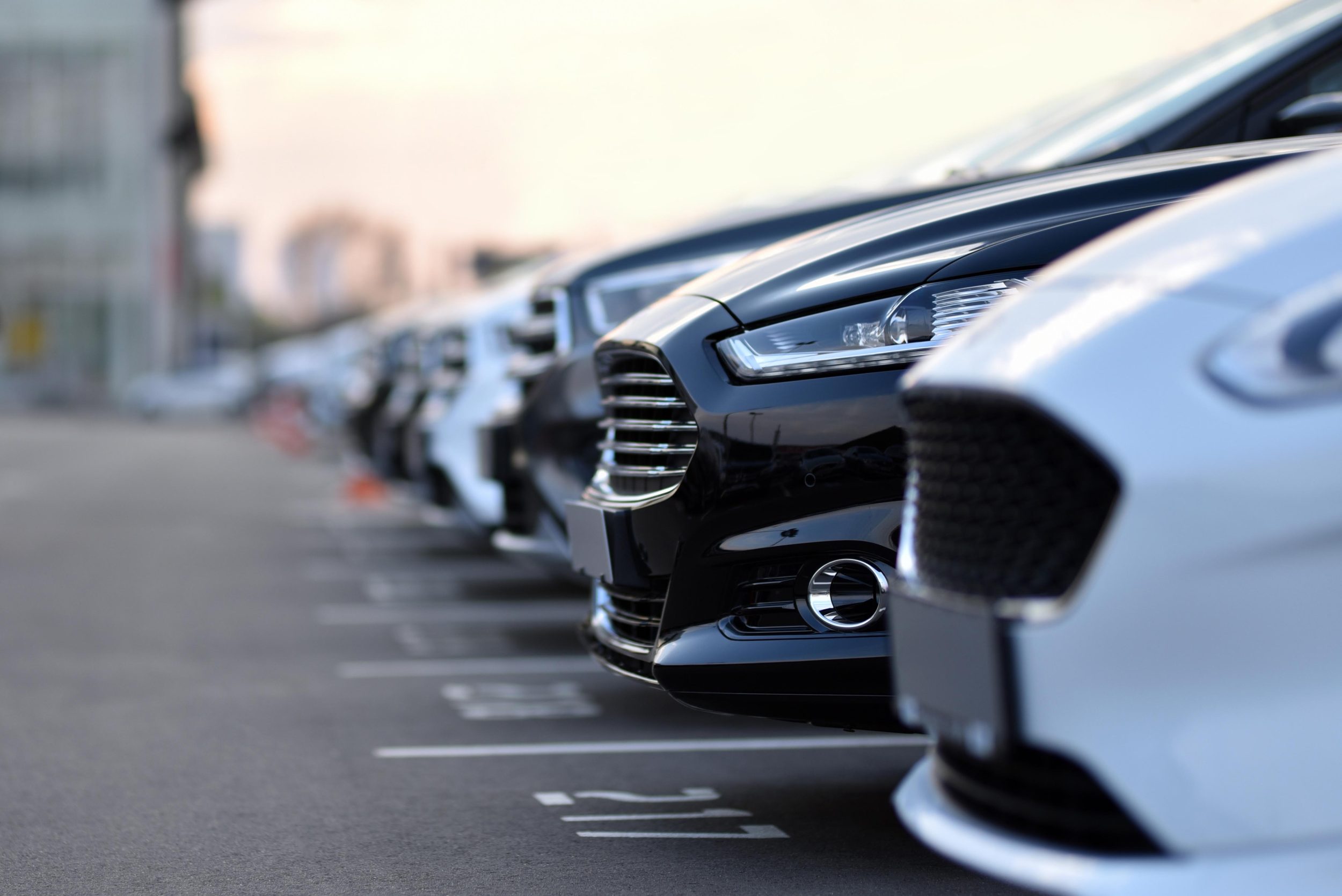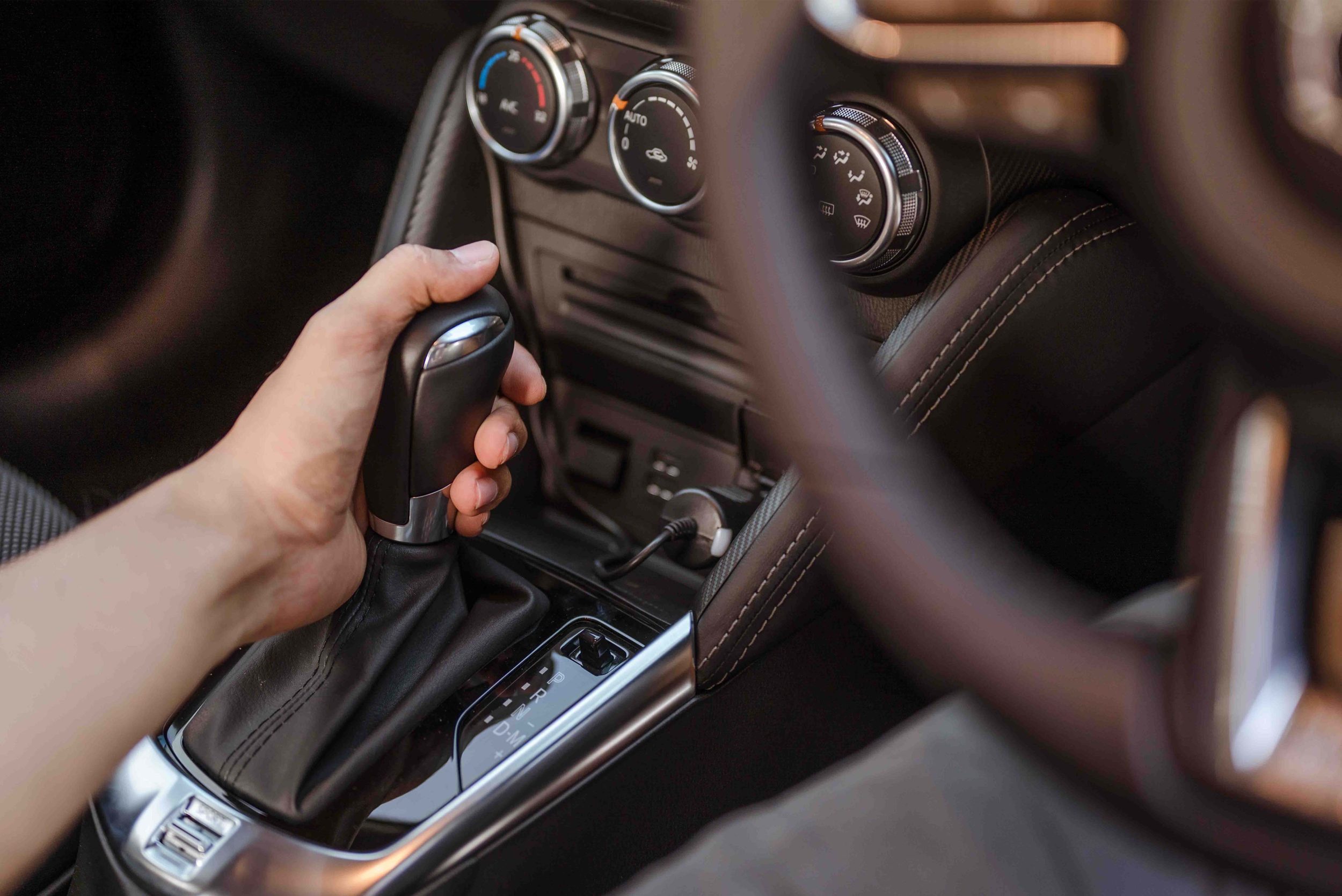You might have come across a green sign that reads “Low Emission Zone” and wondered what that might be, or maybe you were charged for driving or parking in one of those zones and still not sure what the fee was for.
Since 2019, low-emission zones have increased by 40% across Europe, reaching 320 city regions, and are expected to get introduced to 187 more cities by 2025.
What is a low-emission zone, how does it work, and what does driving through it entail? Read on to find out and answer some of the most pressing questions about these clean-air regions.
What is a low-emission zone?
Low-emission zones (LEZs), also known as clean air zones (CAZs), are a scheme that aims to improve air quality through regulating polluting vehicles’ access to specified areas.
Vehicles that wish to enter these regions must meet the standards set by the European Union, the latest of which is Euro 6, to contribute to the reduction of harmful pollutants.
What vehicles are LEZ compliant?
An LEZ-compliant car must meet the minimum Euro 6 emissions standard, and all new vehicles registered on or after September 1, 2015, meet these criteria. It is best, however, to contact your auto’s manufacturer to verify if it’s Euro 6-complaint.
Cars registered on or after January 1, 2011, are considered Euro 5-compliant, while Euro 4 standards cover cars registered on or after January 1, 2006.
What is an ultra-low emission zone?
An ultra-low emission zone (ULEZ) was introduced in London in April 2019. This move came after the authorities discovered that there are alarming levels of Nitrogen Dioxide (NO2) and Particulate Matter (PM) in London’s air.
ULEZ-liable vehicles must pay £12.50 to drive in the zone, in addition to the daily £15.00 Congestion Charge. Heavier vehicles like lorries over 3.5 tonnes must pay £100. The Transport for London (TFL) website provides more information on the ULEZ.
How do low-emission zones work?
As pollution levels rise in cities, especially ones with higher densities, local authorities across the European continent increasingly introduce LEZs to reduce harmful emissions. This is done by enforcing daily charges on higher-emission vehicles entering those pre-defined zones. If they fail to pay, they face a heavy financial penalty. Vehicles that meet the Euro 6 standards can drive within LEZs free of charge.
By imposing this charge, low-emission zones improve the air quality by focusing on reducing roadside nitrogen dioxide (NO2) concentrations, which are linked to a range of lung diseases, including asthma and respiratory infections.
Using Automatic Number Plate Recognition (ANPR) technology, CCTV cameras collect data that’s accessed by the Driver and Vehicle Licensing Agency (DVLA), which compares number plates to detect any LEZ-liable vehicles.
Low-emission zones often operate 24 hours a day – from midnight to midnight, every day of the year. This includes weekends, Bank Holidays, and public holidays, except for Christmas Day.
Where is the low-emission zone?
The UK’s low-emission zones are in:
Apart from London, these currently only affect local buses.
New low-emission zones have been introduced in 2022 in 11 UK cities, including Oxford, which launched in February 2022 the country’s first zero-emission zone (ZEZ), Manchester, Bristol, Bradford, Newcastle, Liverpool, and Sheffield. The Aberdeen, Dundee, Glasgow, and Edinburgh low-emission zones, although introduced, won’t be enforced until 2024.
LEZs often have grace periods for commercial fleet operators and private vehicle owners, giving them time to prepare before charges are enforced.
Can I drive in low-emission zones?
No vehicle is banned from driving in low-emission zones, but while environment-friendly cars can enter free of charge, those producing pollutants must pay a pre-decided fee. The fee depends on the vehicle’s type and weight as well as the specific low-emission zone.
To find out whether your vehicle meets the required criteria and can drive free-of-charge within British low emission zones, you can use the government’s Joint Air Quality Unit checker.
There are vehicle categories that are exempt from LEZ requirements, including:
- Disabled persons’ cars.
- Military vehicles.
- Emergency services vehicles – police cars, ambulances, and fire trucks
- Showman’s vehicles.
- Historic cars.
How to pay in low-emission zones?
Of course, your encouraged to drive a vehicle that meets the LEZ standards, which means you won’t have to pay any charge. However, if your car isn’t compliant or exempt, you’ll need to pay before midnight of the third charging day following your trip.
Depending on where you wish to drive, you can register for Auto Pay services and get automatically charged, or you may pay online, but be careful and never pay through unofficial websites.
What happens if I drive through a low-emission zone without paying the fee?
If your car was found to be LEZ-liable, you – or the registered vehicle owner – will receive an official notification by mail, known as the Penalty Charge Notice (PCN). Depending on your vehicle’s weight and type as well as the LEZ’s city, the penalty can be £500, £1,000, or £2,000, with a 50% discount if you pay within 14 days of receiving the PCN.
If you plan on driving briefly in a city you never visited before, you can always check online for information on roads covered by the local low-emission zone. And it’s always advisable to get your car or van covered using a temporary insurance.



